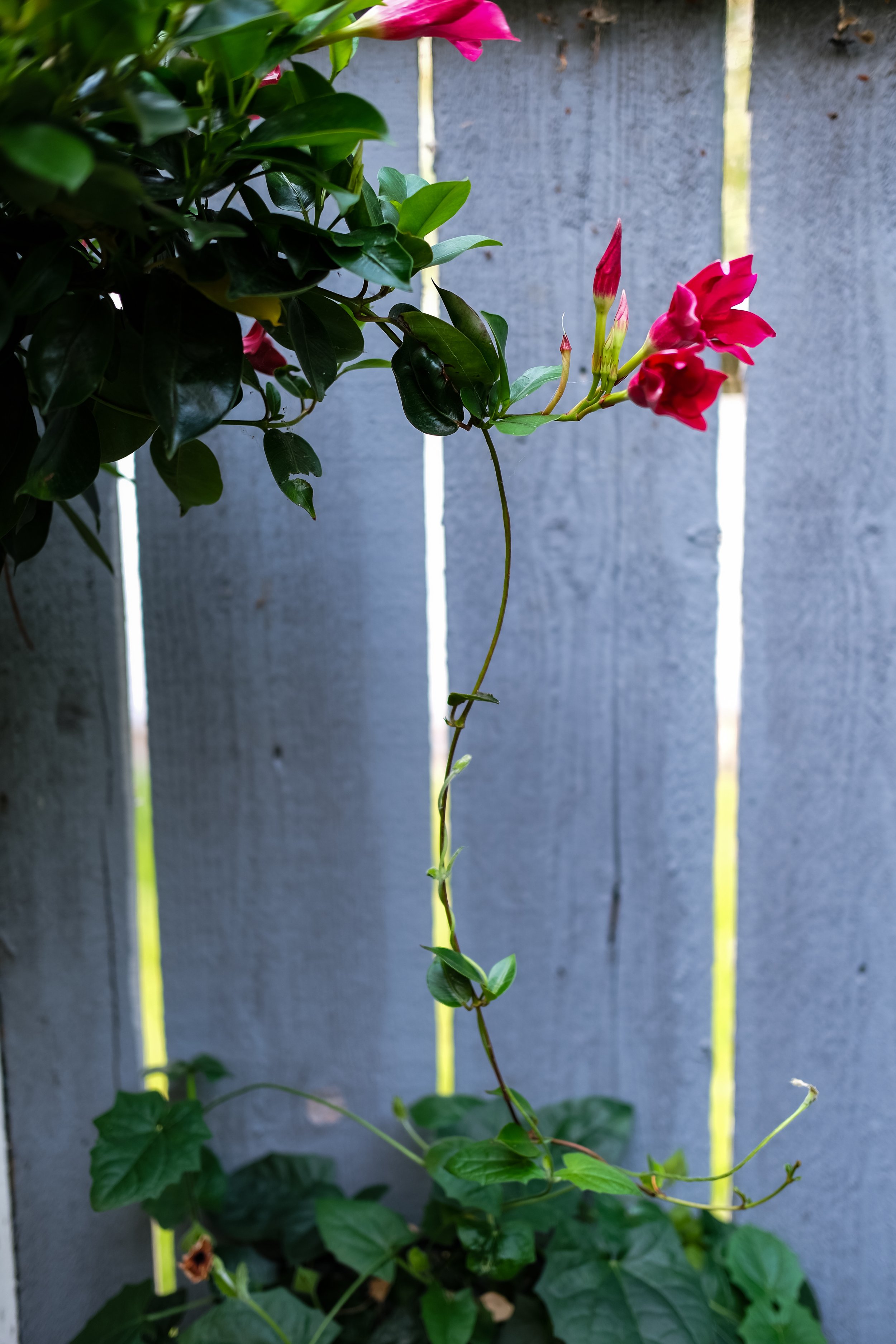Repair Shop – The Word Is
Over the last few years I seem to always have a book on the go that I refer to as my therapist. And lately, Pema Chödrön’s, "Welcoming the Unwelcome” is my go-to. It has all the answers I need to currently “fix” things in myself, honestly, but of course, the practice is always trickier than the theory. Still, I’m practicing, I’m working. There is a chapter titled, “Just As It Is,” which is an important one for me right now. She says, “When you feel yourself closing down, hardening, and tightening against this precious world or your dear old self, you can use “just as it is” as an antidote.” The book is largely about overcoming polarization and was presciently written in 2019. (I mean polarization has always been a thing but the recent pandemic and world politics certainly created more hardened stances). I remember in the beforetimes working on various buddhist practices and feeling like I was making pretty decent headway. I felt lucky — I got to put my beliefs into practice on the regular as I went to work with so many humans in the library, interacting with them and I think really doing and spreading good contagious practices. I felt very open, that my breathing was good, and that I could respond with equanimity to most situations. (And there were a LOT of situations — I think many would be surprised by the intense variety of sitches). Then, I could say that bringing this practice into my workspace had a lot of amazing effects in my 3 meters of influence. I witnessed the ripples daily.
As Pema says, it’s the “subtlest level of polarization” that gets us at — the “level of our mind.” She talks about how we can turn our practices from complaint to appreciation, to praise, and that is helpful. We can work toward “letting everything be just as it is.” We remember how human and flawed we all are. (And hey I must be making some progress, I rarely use the eye roll emoji any more! haha).
I’ve mentioned Galway Kinnell’s poem here and read it on Instagram recently but I think it also goes with this post so here it is:
Prayer
By Galway Kinnell
Whatever happens. Whatever
what is is is what
I want. Only that. But that.
I’ve been re-reading my multiple Charles Wright collections of poetry in the mornings, and in “Little Landscape” a poem from Scar Tissue, he begins:
“To lighten the language up, or to dark it back down
Becomes the blade edge we totter on.
To say what is true and clean,
to say what is secret and underground,
To say the things joy can’t requite, and to say them well…”
And the poem ends with a Heron possibly casting a shadow the fish only know:
“And what they know is not what he knows,
Which is neither light nor dark nor joy,
but is just is, just is.”
I’ve been long in love with the word “is.” Recently a co-worker asked me what my favourite word is and I can’t believe I didn’t say “is.” (I mean, there are a lot of good words out there). (And also, don’t you love a world where someone will ask you that question? and really care about your answer?)
In his book on beauty, John O’Donohue says, “Beauty is. The word is is the most magical word. It is a short, inconsequential little word and does not even sound special. Yet the word is is the greatest hymn to the ‘thereness’ of things.” And he says, the ‘isness’ of things is miraculous: that there is something rather than nothing.”
I don’t know how I could ever have forgotten how much I love the word is. One of the characters in my book Rumi and the Red Handbag is named Ingrid-Simone and she writes her initials, I.s. So, you know, it’s something I’ve put some thought into even!
Anyway, the goal for me these days is to write things true and clean, and to not worry if it’s dark or joy or light. To get another level deeper at looking at beauty. To just get empty. Get true. Put on my famous blue, you know. Did you ever go clear? I want the answer to that to be yes.
One last note: the garden sends messages — reminding us how intertwined everything is. Whatever what is is and all that.





